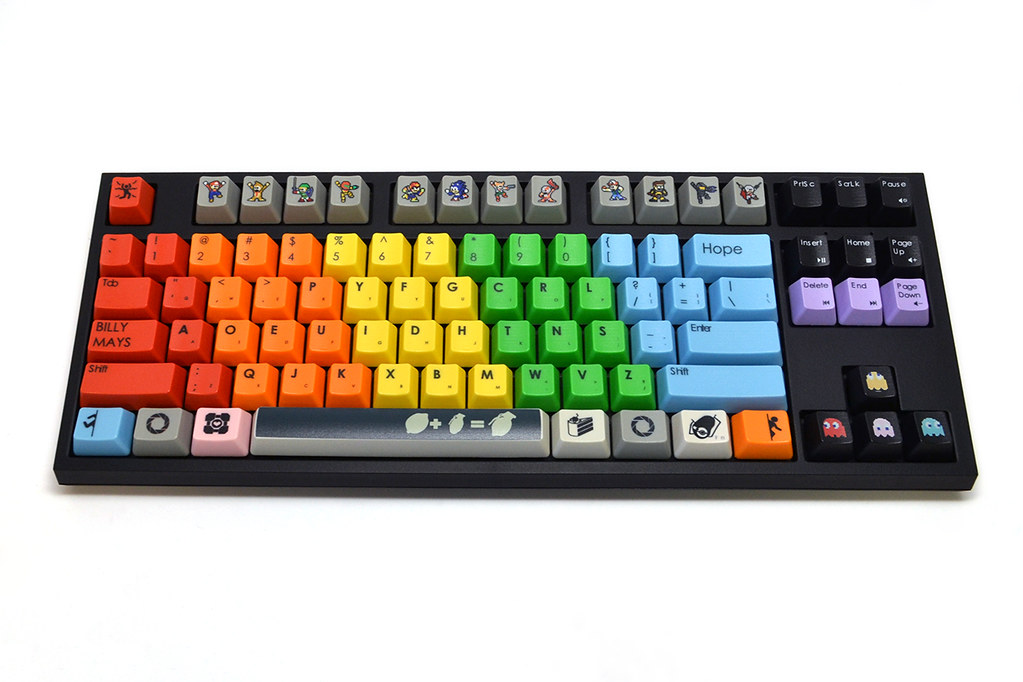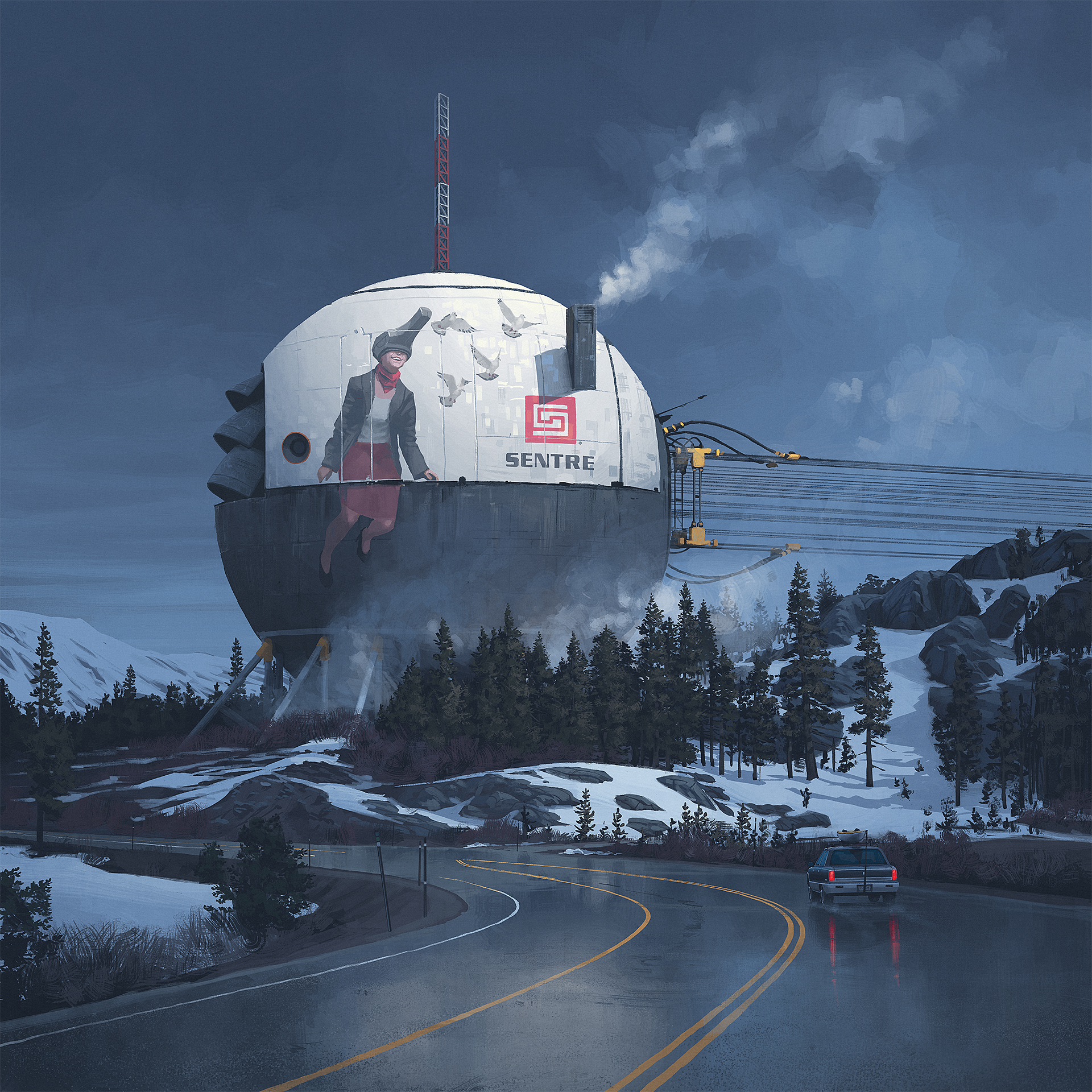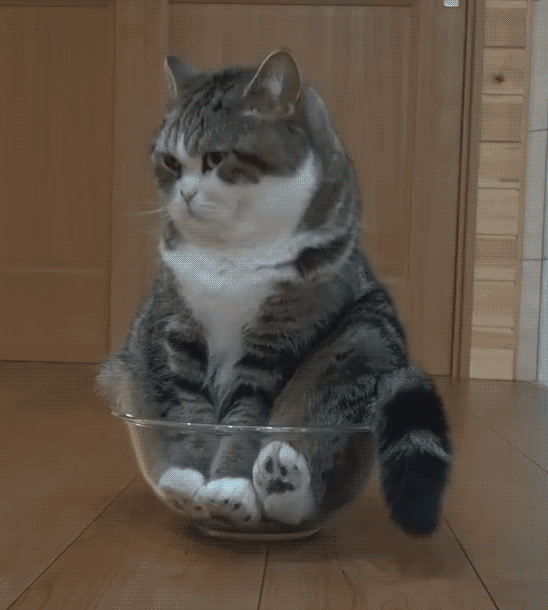Technology always marches forward, except for things like the Dark Ages and I guess World War III. But generally, it marches forward. The pace of change can sometimes be startling, while in other cases it feels like it’s taking a lot longer to progress for unspecified reasons (example: car technology has improved but not substantially changed at a mass production level in over a hundred years. The majority of vehicles are still fueled by gasoline that powers an internal combustion engine. Sure, whizzy electric cars and hybrids have gained, but they’ve yet to take over on a mass scale).
I was born in 1964, the same year a bunch of stuff happened. The Beatles were pretty popular. The American space program was in full swing and only five years away from a moon landing. And cars ran on gasoline that powered internal combustion engines.
But what technology over the past 50+ years has become obsolete or so little-used that it’s effectively obsolete? Most of it is stuff I grew up with. Do I yearn for any of this bygone technology? Let’s have a look at The Obsolete List and find out!
- Rotary dial telephones. People often still refer to “dialing a number” but no one actually does it anymore. I remember back in Duncan you only had to dial the last five numbers instead of all seven and at the time it made dialing bearable, though you still hoped people had numbers like 222-1111. By the time the proliferation of phone numbers required you to enter all seven digits, plus the area code, we had moved on to push button phones and it was inconvenient but not the utter madness that it would have been on a rotary phone. Do I miss these devices? No. There is no nostalgia value in having to wait for a rotary dial to finish turning before you can enter the next number.
- 8-track tapes. I’ve discussed these before and the short answer is no: digital music does everything an 8-track tape did, without all the weirdness of putting songs out of order, duplicating tracks, splitting them in two and not to mention the inevitable tape-eating that happened. These had one minor convenience over cassette tape, in that you didn’t have to flip the tape over (if you were one of those poor sods that didn’t have a tape deck that could play both sides automatically). Speaking of…
- Side A and Side B. Okay, this isn’t technology, strictly speaking, it’s more about how albums were always split into two halves before the Compact Disc (see below) took over. While this allowed some bands to experiment by doing different things on each side, I think the benefit of having a single cohesive whole makes for better albums overall.
- Cassette tapes. These are still around, so like vinyl, technically not dead, but it’s very much a niche product. While more compact than vinyl, durability was always iffy, with tapes unceremoniously unspooling and getting eaten in the tape deck. You also ended up with the degraded tape exhibiting a lot of pops, cracks and other un-musical sounds. May casette tapes rest in pieces, I say.
- Floppy disks. No one in their right mind would miss these. Everything now is better. I still have a box of them dating back to the mid 90s. I wonder if they would be readable today? (I checked and you can get a USB floppy disk drive for $30. I’m not sure it’s worth $30 to find out.)
- Compact Disc (CD). Officially introduced to the world in 1983, they became the dominant music format by the end of the decade. Now, with digital music and especially with the rise of streaming music, the CD is not dead but is on life support. It had a few advantages over vinyl: better audio quality (provided the recording was managed properly–vinyl aficionados will always argue that records offer a “warmer” sound than CD), a more, ahem, compact format, the ability to hold more music (about 75 minutes, where vinyl was pushing it at 48-50 minutes) and because the disc was read by a laser, you no longer had to worry about a needle scratching across your record when you bumped the player. Instead you had to worry about the laser blinding you. Do I miss CDs? Really, no. They were better than vinyl and tape, but ultimately they now look like more of a stopgap on the way to digital music. And they could still get scratched and have playback suffer. Plus the album art was hard to make out.
- Compact Disc-Recordable (CD-R). These were discs you could record to (multiple times in the case of CD-RW) and they allowed for early mass backup/storage. But they were slow, prone to errors and clunky to use. DVD-Rs were not much better, just higher capacity. I do not miss these. As with floppy disks, everything now is better.
- Cathode Ray Tube (CRT) TVs and monitors. You know, the big, boxy things that you could warm your cat on and weighed between 50 and 1000 pounds. While the cats probably miss them–LCD monitors and TVs offer little room to accommodate sleeping felines–the only aspect I miss about CRT monitors is how blacks were much..blacker. This is offset today by OLED technology, but OLED hasn’t really percolated into widespread use, apart from some TVs, smartphones and laptops, because it’s still really expensive. I don’t miss the weight, energy cost, blurry text or industrial beige styling of most CRT monitors, though.
- Digital watches. OK, these aren’t obsolete, but with watches now being more fashion statements than actual timepieces, who would still wear one? Anything a digital watch can do can be done better on a smartphone, or even a smartwatch. Still, I kind of miss that Casio I had back around 1978 or so. It could play 12 songs for no real reason and it was cool to set alarms. It felt like being in the future. As digital watches go, it wasn’t hideously ugly, either. At least that’s the way I remember it.
- Mimeograph machines. I remember these from elementary school, circa 1971-1977. They produced weird purple text and the ink smelled strange and alien. Smudges abounded. It felt like 1850s technology that somehow lasted into the 1970s. I don’t miss them. I suspect teachers may have paid for the privilege of smashing these machines when photocopies and printers replaced them. Speaking of…
- Dot matrix printers. These are still used in some places where multi-part forms are needed and the people there haven’t figured out how to load a tray with three different kinds of paper at once. They were noisy, slow, pretty bad at graphics, did I mention noisy, required ribbons you had to wind and worst of all, they would go haywire as soon as you turned your back to them. It was like they knew and waited to misfeed the paper. Again, I don’t miss these. Ink jet printers are better in all ways, save for ink drying out if not used for long periods of time, but that’s easily solved by getting a laser printer instead. Or just go paperless, like we were supposed to 40 years ago.
- Microfiche. This was very cool in the early 80s. It’s been superseded by, well, computers, and the ability to digitize content. Back in the olden days you had to load a negative from, say, a newspaper, into a microfiche reader, then zoom in and pan around like you were using a microscope, except instead of bacteria, you were examining old news stories. I actually do kind of miss this. Looking back on the times I used them, it felt like I was doing real research and making real discoveries instead of just typing something into Google’s search box and getting 10 million results. The latter is still better, mind you.
More to come as I think of them.





